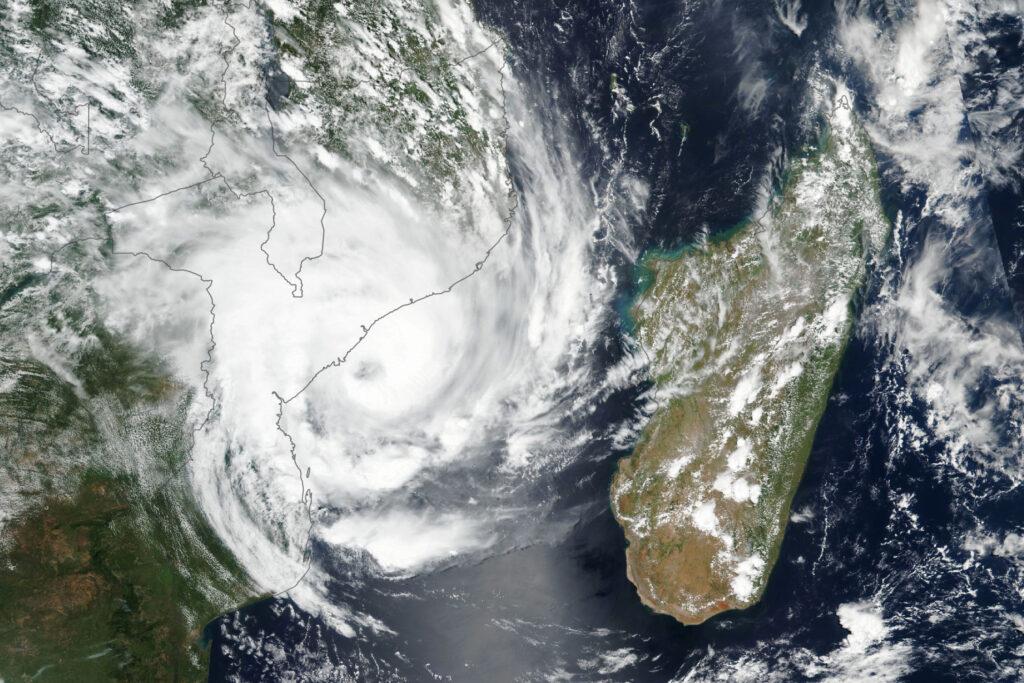
In the current societal turmoil, there’s a lot of suspicion toward people we disagree with, and consequently there are a lot of charges being lobbed casually back and forth between opposing camps. Any historian will tell you that you should be suspicious of one group’s descriptions of a group they oppose—that principle has come into play notably in current skepticism about descriptions of historical people groups as cannibalistic, and it even played a role in our understanding of the Ecuadorian Huaorani (not “Auca”) who killed the 5 missionaries back in 1956.
So it shouldn’t surprise us when people on the other side of an issue from us describe us inaccurately. I see broad characterizations of Christians, for example, that are demonstrably, objectively inaccurate. No, Christians are not characterized by “hate”—an all too facile accusation these days—simply because they disagree with a policy decision or a view of morality. No, they’re not “phobic”—irrationally motivated by fear, another all too facile accusation that conveniently liberates the accuser from having to answer their rational statements rationally—when they allege that a given lifestyle will carry significant negative consequences, both culturally and individually. And no, they don’t believe—and this is my favorite—that they should read the Bible “literally”—they’re not knuckle-dragging troglodytes who wouldn’t recognize a metaphor or a synecdoche if it bit ‘em on the, um, kiester.
But.
On the other hand, I see many of my Christian fellow-travelers saying and doing things that make these accusations, well, credible.
My brethren, these things ought not so to be.
Christianity is not at root a cultural position (“this is just the way I was brought up!”), a pragmatic political position (“they’re destroying our country!”), or even a change of worldview (“I see it all so clearly now!”), whether due to significant rational, emotional, or circumstantial experiences.
Christianity—personal salvation—is a work of God in the heart of a human that spiritually resurrects him from the dead and sets him on a radically different course of life, empowering him to instantiate that lifestyle consistently and progressively. A Christian—a real one—should be significantly different from the kind of person he was before, and he should get progressively better over time at resembling the character qualities of Christ.
Now, we all start out life broken morally and in many other ways, and that brokenness is never perfectly mended in this life. But we ought to have something in the way of character improvement as an unavoidable consequence of our new birth, and we ought to be making progress.
Paul speaks of this contrast in Ephesians 4, where he exhorts believers to “walk worthy of the calling with which you have been called” (Ep 4.1). Earlier in the epistle he has spoken of having been “dead in trespasses and sins” (Ep 2.1) but then “resurrected together with Christ” (Ep 2.5) and “created in Christ Jesus unto good works” (Ep 2.10).
Radical change.
For much of chapter 4, Paul contrasts the old way of life (“being alienated from the life of God,” Ep 4.18), characterized by “all uncleanness” (Ep 4.19), with the new way, “which after God is created in righteousness and true holiness” (Ep 4.24). He lists several specific examples of this new way:
- We quit lying and tell the truth (Ep 4.25).
- We control our anger (Ep 4.26).
- We fight temptation (Ep 4.27).
- We give instead of taking (Ep 4.28).
- We use our words to build up rather than tear down (Ep 4.29).
And the list goes on (Ep 4.30-32), ending with kindness, tenderness, and forgiveness (Ep 4.32).
That last verse is the first one I ever memorized, in Sunday school back in 1960. After 6 decades, I’ve still got work to do, and I suspect you do too.
Paul makes the same point in an earlier epistle, contrasting the “works of the flesh” (Ga 5.19-21) with the “fruit of the Spirit” (Ga 5.22-23). The latter list amounts to a description of the character of Jesus, to whom God is conforming our character over time (Ro 8.29).
Christians are different from their fellow citizens. We’re always going to be seen as different, strange (1P 4.4), odd, even contemptible, even dangerous. It’s happened before, and it will happen again.
But as Paul’s apostolic predecessor and colleague Peter reminds us, we shouldn’t be giving them legitimate reasons to think that way about us (1P 3.14-17; 4.14-16). Suffering for Jesus is one thing; suffering because you’re not like Jesus is another thing entirely.
So it will be helpful to spend some time thinking about the fruit of the Spirit and assessing our own needs in these areas.
Next time.
Part 2: Love | Part 3: Joy | Part 4: Peace | Part 5: Patience | Part 6: Kindness | Part 7: Goodness | Part 8: Faithfulness | Part 9: Gentleness | Part 10: Self-Control
Photo by Gabriele Lässer on Unsplash






